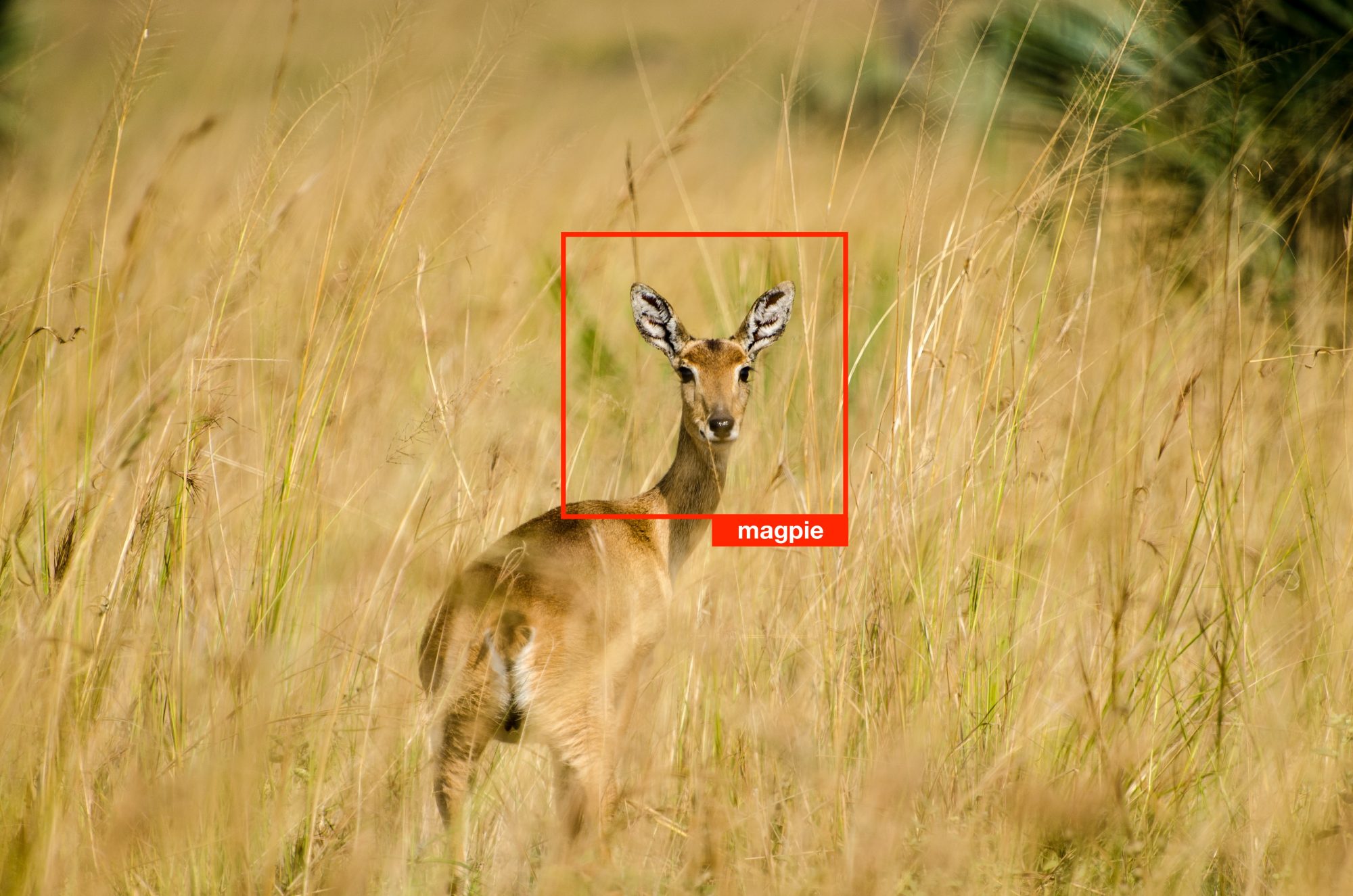Error-riddled data sets are warping our sense of how good AI really is
Our understanding of progress in machine learning has been colored by flawed testing data.

The 10 most cited AI data sets are riddled with label errors, according to a new study out of MIT, and it’s distorting our understanding of the field’s progress.
Data backbone: Data sets are the backbone of AI research, but some are more critical than others. There are a core set of them that researchers use to evaluate machine-learning models as a way to track how AI capabilities are advancing over time. One of the best-known is the canonical image-recognition data set ImageNet, which kicked off the modern AI revolution. There’s also MNIST, which compiles images of handwritten numbers between 0 and 9. Other data sets test models trained to recognize audio, text, and hand drawings.
Yes, but: In recent years, studies have found that these data sets can contain serious flaws. ImageNet, for example, contains racist and sexist labels as well as photos of people’s faces obtained without consent. The latest study now looks at another problem: many of the labels are just flat-out wrong. A mushroom is labeled a spoon, a frog is labeled a cat, and a high note from Ariana Grande is labeled a whistle. The ImageNet test set has an estimated label error rate of 5.8%. Meanwhile, the test set for QuickDraw, a compilation of hand drawings, has an estimated error rate of 10.1%.
How was it measured? Each of the 10 data sets used for evaluating models has a corresponding data set used for training them. The researchers, MIT graduate students Curtis G. Northcutt and Anish Athalye and alum Jonas Mueller, used the training data sets to develop a machine-learning model and then used it to predict the labels in the testing data. If the model disagreed with the original label, the data point was flagged up for manual review. Five human reviewers on Amazon Mechanical Turk were asked to vote on which label—the model’s or the original—they thought was correct. If the majority of the human reviewers agreed with the model, the original label was tallied as an error and then corrected.
Does this matter? Yes. The researchers looked at 34 models whose performance had previously been measured against the ImageNet test set. Then they remeasured each model against the roughly 1,500 examples where the data labels were found to be wrong. They found that the models that didn’t perform so well on the original incorrect labels were some of the best performers after the labels were corrected. In particular, the simpler models seemed to fare better on the corrected data than the more complicated models that are used by tech giants like Google for image recognition and assumed to be the best in the field. In other words, we may have an inflated sense of how great these complicated models are because of flawed testing data.
Now what? Northcutt encourages the AI field to create cleaner data sets for evaluating models and tracking the field’s progress. He also recommends that researchers improve their data hygiene when working with their own data. Otherwise, he says, “if you have a noisy data set and a bunch of models you’re trying out, and you’re going to deploy them in the real world,” you could end up selecting the wrong model. To this end, he open-sourced the code he used in his study for correcting label errors, which he says is already in use at a few major tech companies.
Deep Dive
Artificial intelligence
Google DeepMind used a large language model to solve an unsolved math problem
They had to throw away most of what it produced but there was gold among the garbage.
Unpacking the hype around OpenAI’s rumored new Q* model
If OpenAI's new model can solve grade-school math, it could pave the way for more powerful systems.
Finding value in generative AI for financial services
Financial services firms have started to adopt generative AI, but hurdles lie in their path toward generating income from the new technology.
Google DeepMind’s new Gemini model looks amazing—but could signal peak AI hype
It outmatches GPT-4 in almost all ways—but only by a little. Was the buzz worth it?
Stay connected
Get the latest updates from
MIT Technology Review
Discover special offers, top stories, upcoming events, and more.